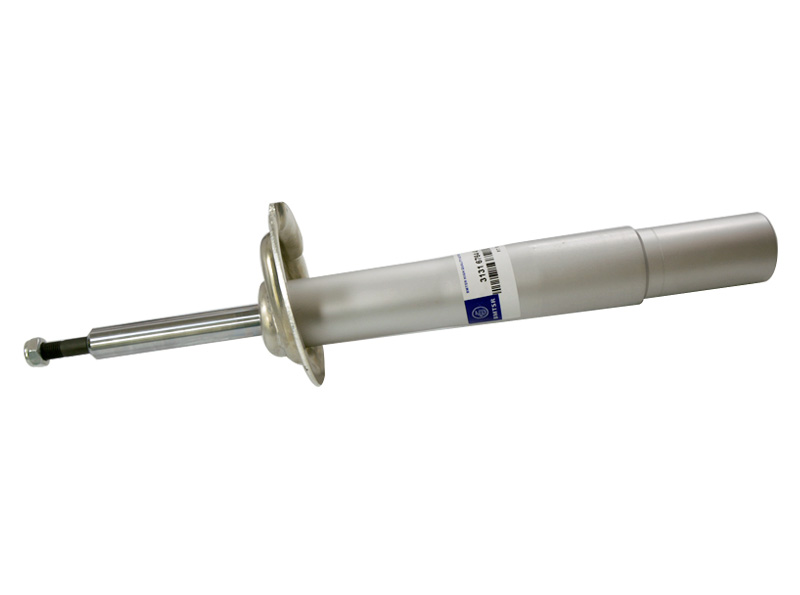Do You Have Cloudy Headlight Lenses?

Those plastic lenses that cover the headlights on your car are made of polycarbonate plastic. Polycarbonate is a clear, hard plastic which is very popular with automotive engineers because it is perfectly clear and is very hard and durable. However, like most plastics, polycarbonate will degrade over time, and when it does it turns cloudy and yellow. In this article we will attempt to understand why headlamp lenses degrade and describe some methods you can use to restore them to like-new condition.
Why do headlamp lenses get cloudy?
The main reason headlamp lenses get cloudy is due to their interaction with ultra-violet (UV) radiation from the sun. There are certainly other factors that contribute to lens degradation too, such as exposure to dirt, dust acid rain and such but UV radiation is the primary agent.
Why is UV light so bad? The service department at Jaguar of Naperville, IL, a well-known Jaguar dealer, says it has to do with the fact that the energy of UV radiation is close to the “disassociation energy” of the chemical bonds in the plastic – hence, over long periods of time, the UV radiation causes the bonds to fall apart. This is the mechanism that affects most plastics that are exposed to sunlight for many years.
Restoring polycarbonate
Fortunately, polycarbonate headlamp restoration isn’t too difficult provided you have the right products and equipment. Here we discuss three methods, from least aggressive to most aggressive, that should enable you to restore headlamp lenses to like-new condition.
All-In-One cleaner – The least aggressive method of restoration is to use an all-in-one cleaner (AIO). A popular one is Poorboys World Polish which is available at most auto parts stores. All of these products are applied in a similar way – typically you sand the headlight surface with very fine sandpaper and wipe the lens with a chemical-impregnated cloth applicator.
Plastic polish – If using an AIO fails to yield success, you can try a dedicated plastic polish such as Meguiar’s PlastX or 3M Plastic Cleaner. These products contain abrasives that remove the top film-like layer of your lens to reveal the clear plastic below. Using a plastic polish is quite straightforward and can be done by hand or with an orbital buffer.
Wet sanding and polishing – If your lenses are really cloudy, then wet sanding and polishing may be necessary. If this doesn’t work then you will probably have to replace your headlamp fixture. You will need some fine-grit wet/dry sandpaper (1000 and 2000 grit). Fill a bucket with some water and soak the sandpaper in the bucket for about 15 minutes prior to starting.
Take the 1000 grit sandpaper and sand the lens, side-to-side, applying light to medium pressure. After this, take the 2000 grit sandpaper and sand the lens top-to-bottom, applying light to medium pressure…what you will notice is that the lens will appear to clear up a little…this is due to the finer grit sanding.
At this point, you will need to polish the lens with a buffer to remove the 2000 grit sanding marks. An orbital buffer is best. Start with the more aggressive polish/pad combo and polish the lens thoroughly. It may take some time but your lens will likely polish to a nice, clear finish. Keep at it if this doesn’t seem to be the case. It may take 15-30 mins per lens.





